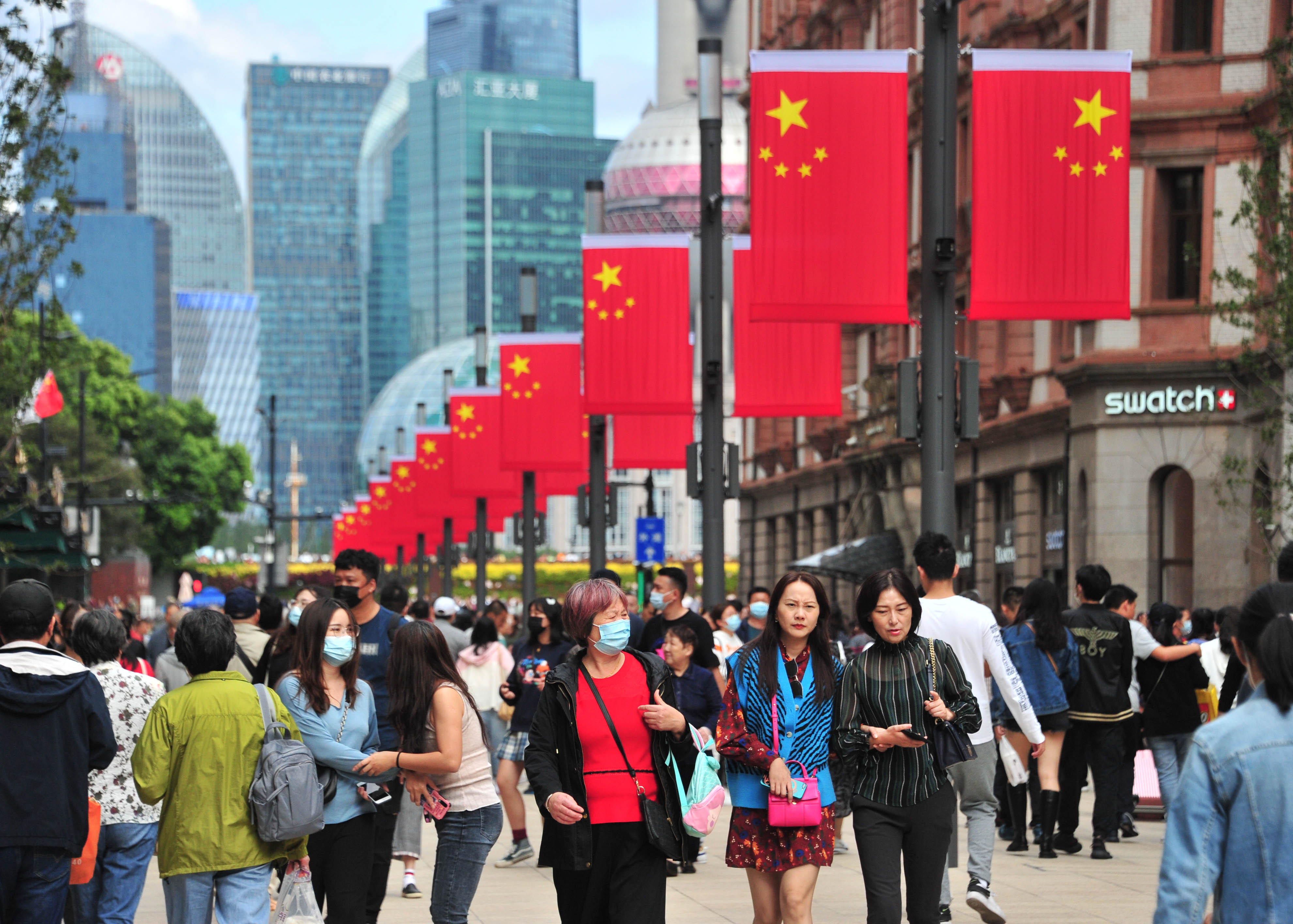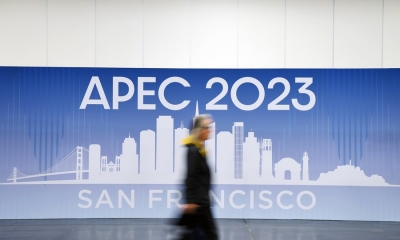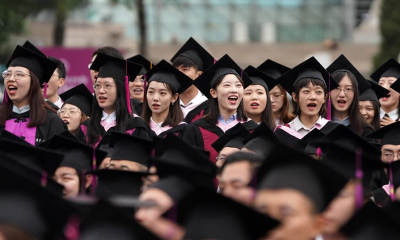There Is Every Reason to Believe That the CPC Will Succeed

While the Chinese model might not be suitable for our 330 million Americans, it does suit the vast majority of China’s 1.4 billion citizens as evidenced by independent public opinion polling, both long term and focused on the global pandemic still ongoing in much of the rest of the world.
July 1st is a red-letter date in China and the world’s calendar marking the centenary of the Communist Party of China (CPC). Back then China 100 years ago, wallowing in its Century of Humiliation, was mostly a collection of fiefdoms run by contentious self-serving warlords, rather than a country. It was a mere shadow of the previous economically and technologically powerful centrally-governed country that had led the world for several thousand years. How times have changed from dark night, back to bright light, led by the CPC, whose founders could hardly have imagined the “back to the future” change they initiated, nurtured and achieved.
In America, this incontrovertible success, however, has been currently lost in translation. It would be news to virtually every American, especially these recent five years. Our leaders have increasingly demonized and blamed China at every turn for what are primarily our own homegrown mistakes, missteps and myopia, even predating Trump.
It’s also a perfect storm of hate in stereo. We’ve long been conditioned to abhor communism, no differently than Pavlov’s dogs were conditioned to respond to stimuli. Red-baiting didn’t start or end with Wisconsin Senator Joseph McCarthy with his ruthless mid-century witch-hunts and they continue to this day with Republican party attacks on all things socialist. And pointing the finger at the Chinese is only the latest in the racist blame-game of “yellow peril” hysteria that began in mid-19th century America which still continues apace.
In answer to McCarthy’s frequently repeated question during hearings where he falsely soiled the reputations of numerous people, “Have you now or ever been a member of the Communist Party?” My answer is “no” and in fact as our great American humorist, Will Rogers, said almost a century ago “I don’t belong to any organized political party, I’m a Democrat.” I’ve worked in the bowels of the American government, been a vice-president of a premier media company and lived most of this century in China. I try to be objective since, like the lyrics of a famous song of my youth by Joni Mitchell, “I’ve seen both sides now.”
My conclusion is that in the real world, no political system is flawless. All have imperfections because human beings are imperfect. As Shakespeare wrote in Julius Caesar, “The fault, dear Brutus, is not in our stars, but in ourselves.” So the question is which model is the best?
The question, however, is incomplete since just as one size doesn’t fit all, one model doesn’t fit all. The answer depends on many variables, including cultural and historical background, so the true query is “which model is the best fit for a given country?”.

Unlike the former Soviet Union or today’s America, China doesn’t force or push its model on any other country. While the Chinese model might not be suitable for our 330 million Americans, it does suit the vast majority of China’s 1.4 billion citizens as evidenced by independent public opinion polling, both long term and focused on the global pandemic still ongoing in much of the rest of the world.
A long-term study released last year examined the relationship between Chinese citizens and the CPC from 2003 to 2016. The study found a near-universal rise in average satisfaction toward all four levels of the Chinese government – township, county, province, and central levels – in this period based on more than 31,000 interviews in both urban and rural areas.
For example, in 2016, the last year the survey was conducted, 93.1 percent of respondents were either “relatively satisfied” or “highly satisfied” with the central government’s performance, representing an increase of 7 percent from 2003. In the same period, township governments, the lowest level examined, received the approval of 44 percent of respondents in 2003, but jumped to 70 percent in 2016, a 26 percent rise.
Fake news? Too good to be true? Communist propaganda? Well, consider the source: the Harvard University Kennedy School of Government’s Ash Center for Democratic Governance and Innovation, and the report’s lead author is its China Programs Director, Professor Edward Cunningham.
The study has the distinction of being the longest academic study of Chinese public opinion ever conducted by a research institution based outside China. According to Harvard, it used “the most objective and quantitative methods” currently available.
And regarding the Covid-19 crisis, the Chinese public’s approval of its government is similar. In an anonymous survey about how the government dealt with the coronavirus, of nearly 20,000 Chinese citizens across 31 Chinese provinces conducted in April, 2020 as the virus was winding down in China but exploding elsewhere, more than 90 percent of respondents said that they were satisfied with how China’s national leaders managed the outbreak. In fact, nearly half reported increased trust of the central government. According to sociology Professor Cary Wu of Canada’s York University, an expert in public opinion who led the massive effort: “Surprisingly, [the epidemic] actually increased people’s satisfaction and support for their government.”
This study was corroborated by one done a month later by the China Data Lab at the University of California at San Diego that showed an increase in the Chinese public’s trust of its leaders. The average levels of trust in both the central and local governments steadily increased during the previous year. For instance, on a 10-point scale, the already high average trust level for the central government rose from 8.23 in June 2019, to 8.65 the following February, and to 8.87 three months later. There was a similar upward trend for municipal governments.
Is there any secret sauce in China’s recipe for success among its people? My experience in China suggests two important ingredients: leadership practical experiences and systemic planning.
I hate to bring up Harvard again, but hey, I went there. In Harvard Business School, MBA candidates, many of whom go on to C-suites of commerce in the US and abroad, study diverse business cases of success, failure and everything in between. The intent is that by the time they finish, they will never be confronted by a real world situation that they haven’t studied and analyzed. The CPC’s model actually goes Harvard one better. A CPC cadre who rises to the top doesn’t do so according to the Peter principle, often found elsewhere, of going with the flow allowing incompetence to rise to the top, but increasingly gives actual real world leadership challenges to cadres, starting at the village level on up to in both government and state owned enterprises so senior leaders must have proven themselves as serving the people to have climbed further up the ladder. In this case, the cream rises to the top!

The second element is China’s five-year plan model (FYP) which systemically solicits input from all stakeholders, whether experts or citizens, over a period of years in person and online. FYPs work and the statistics speak for themselves.
When I was growing up in then-prosperous Detroit in the 1950s, parents told us to eat all our food because children in China were poor and hungry. And in 1953, the first year of China’s inaugural FYP (1953 – 1957), poverty and economic suffering were indeed the norm. That year, China’s population was 583 million with its per capita GDP of $54. Today under the leadership of the CPC that figure is $10,400 with a population of 1.4 billion. During the past 70 years, an astounding 850 million people have been lifted out of poverty.
But the CPC doesn’t rest on its laurels. Despite COVID-19, China has met its first centennial goal of building a moderately prosperous socialist society in all respects.
China’s current 14th FYP (2021-2025) is already mapping China’s future on the path to achieving the second centennial goal of becoming a great, modern, socialist country by 2049, with an intermediate goal for China to achieve its basic socialist modernization by 2035. If past is prologue, there’s every reason to believe that they will succeed.
The article reflects the author’s opinions, and not necessarily the views of China Focus.
 Facebook
Facebook
 Twitter
Twitter
 Linkedin
Linkedin
 Google +
Google +







